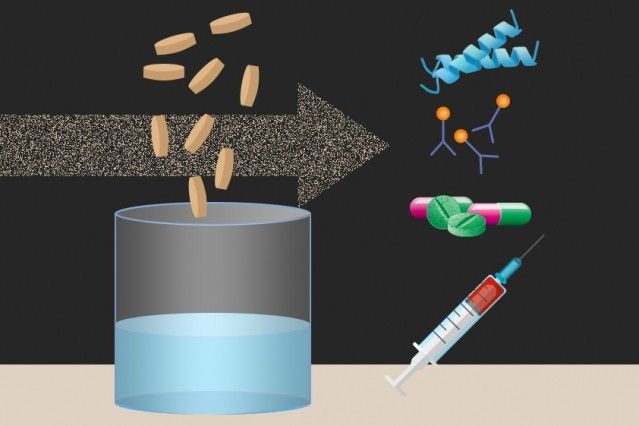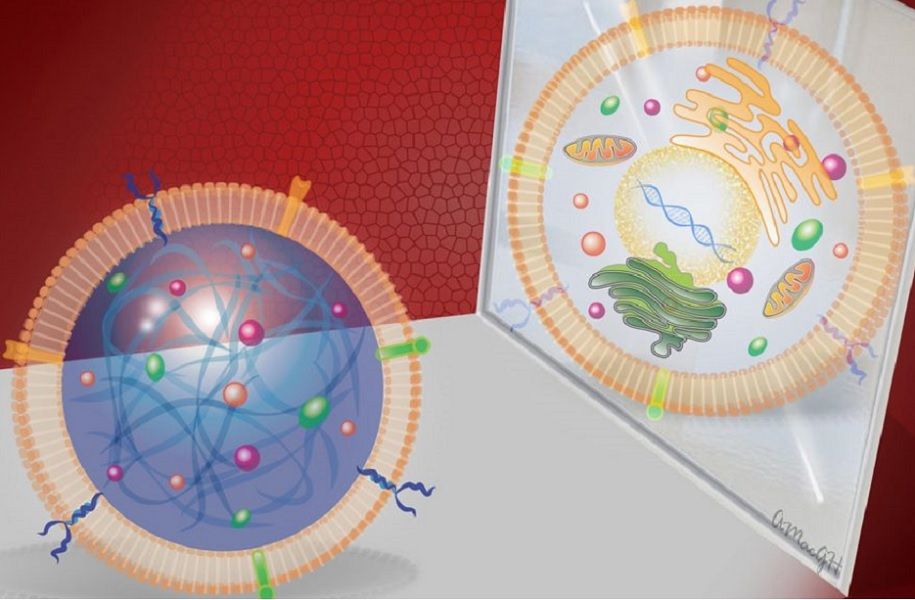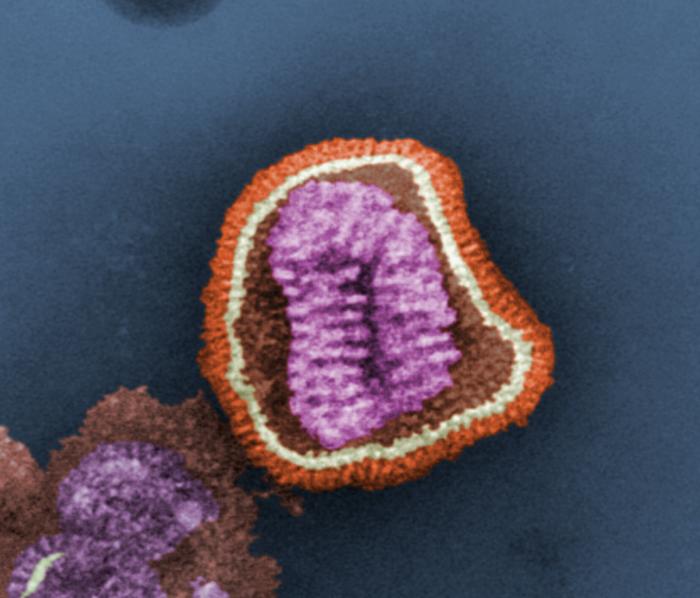Researchers have discovered a technique that could block the effects of a powerful gene-editing tool to protect adjacent genes against accidental alteration. The breakthrough could be the beginning of a major step forward for genetic engineering.
Scientists at the University of California (UC) in San Francisco researchers have discovered how to switch off the effects of the CRISPR gene editing system. CRISPR has been a major advance for gene editing, but there are difficulties in limiting its effects on adjacent genes. So far this has militated against its use in research, most obviously, into the human genome.








